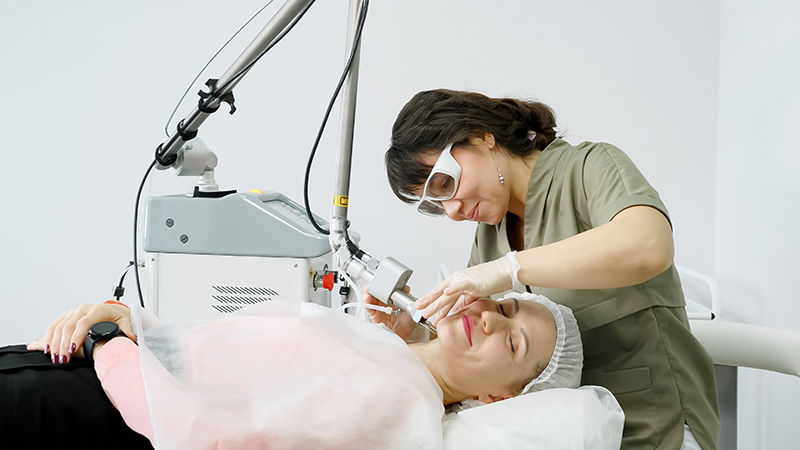Medical Equipment Checklist: What to Look for Before Buying

Investing in medical equipment is a critical decision that impacts patient care and operational efficiency. Discover the essential factors to consider before making your purchase.
Evaluating Technical Specifications and Compatibility
When assessing medical equipment, it is crucial to thoroughly evaluate its technical specifications and ensure it is compatible with your existing systems. Look at parameters such as power requirements, connectivity options, and software compatibility. This ensures seamless integration into your current setup, reducing the likelihood of operational disruptions.
Additionally, consider the equipment's versatility. Can it be used for multiple applications or is it limited to a specific function? Versatile equipment can offer better value and adaptability in a dynamic medical environment.
Assessing Quality and Durability
Quality and durability are paramount when it comes to medical equipment. Ensure you are happy with the build quality and materials used. High-quality construction often translates to a longer lifespan and better performance. Check for any signs of wear and tear if you are purchasing used equipment.
Reading reviews and testimonials from other users can provide valuable insights into the equipment's reliability. Furthermore, consider brands that are well-known and respected in the medical community for their commitment to quality.
When purchasing used, make sure you have all your questions answered by the seller and ensure you request pictures or video if purchasing remotely. Lasertrade.com.au allows you to chat with sellers of used equipment, ask questions, request media, and also protects your payments and provides a review period - this provides a safer option for purchasing used medical equipment.
Understanding Regulatory Compliance and Certifications
Medical equipment must adhere to specific regulatory standards and possess the necessary certifications. Ensure that the equipment you are considering complies with local and international regulations. This not only guarantees safety but also ensures that you are legally covered.
Check for certifications from recognised bodies such as the Therapeutic Goods Administration (TGA) in Australia. These certifications are a testament to the equipment's safety, efficacy, and quality.
Considering Maintenance and After-Sales Support
Maintenance and after-sales support are critical components to consider when purchasing medical equipment. Investigate the manufacturer's or seller's support policies. Do they offer comprehensive maintenance plans? What is the turnaround time for repairs and spare parts?
Reliable after-sales support ensures that your equipment remains in optimal working condition, thereby minimising downtime and ensuring continuous patient care. Platforms like Lasertradee facilitate connections between buyers and sellers, often providing valuable information about support services and maintenance options.
Exploring Cost, Financing, and ROI
Cost is always a significant factor in any purchasing decision, but it is essential to look beyond the initial expense. Consider the total cost of ownership, which includes maintenance, operation, and potential downtime costs. Evaluate whether the equipment offers good value for money in terms of its features and benefits.
Financing options can also play a crucial role. Look for flexible payment plans or leasing options that can ease the financial burden. Calculate the potential return on investment (ROI) by considering how the equipment will improve patient outcomes, operational efficiency, and revenue generation.
Lasertradee is an excellent resource for finding competitive prices and transacting safely with sellers and connecting with suppliers. It enables you to compare different pieces of equipment and make informed decisions tailored to your budget and operational needs.


